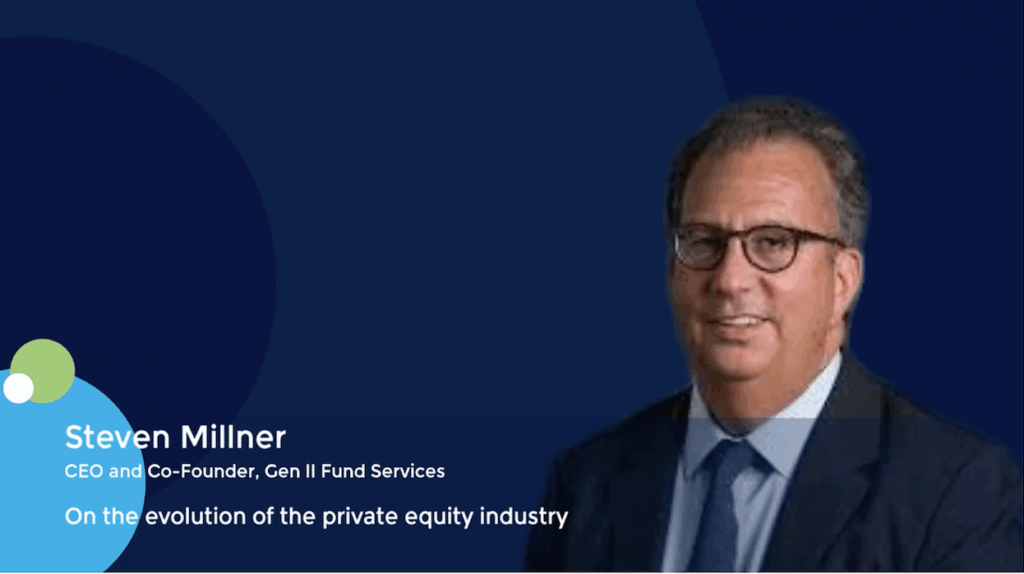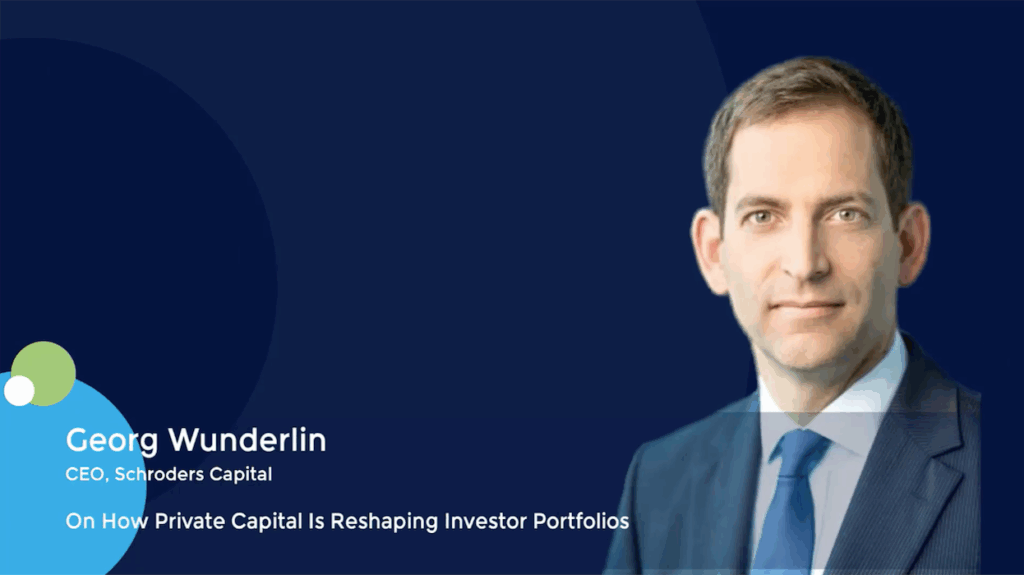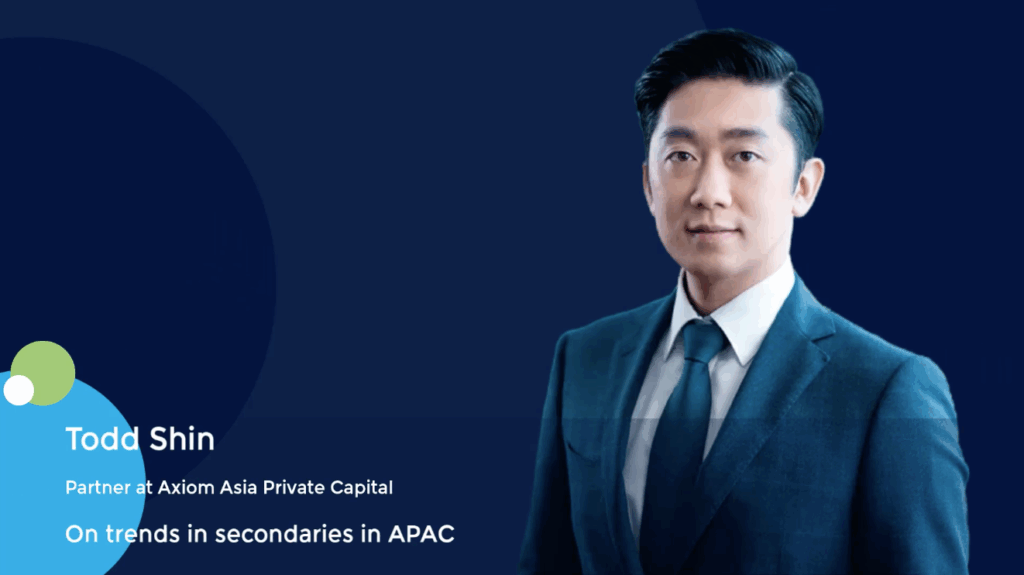Q&A: Apollo Global Management on Japan buyouts, what hybrid equity looks like in Asia, and filling the region’s credit gap
Matthew Michelini, a partner and head of Asia Pacific at Apollo Global Management, discusses investment and fundraising opportunities in Japan, working with Indian families in need of expansion capital, and providing credit and hybrid solutions that go beyond the scope of banks
Q: Apollo recently acquired Panasonic’s auto parts business. What does this say about the private equity opportunity in Japan?
A: Japan needs companies to drive growth, but the cost of capital has been so low for so long that balance sheets are highly inefficient. For companies that are trading below price-to-book value, the average cash balance is over 50% of book. The government wants companies to be globally competitive, it knows it has the talent and the operational expertise, but it needs that capital efficiency. The CEO of the Tokyo Stock Exchange has really driven this through with a set of initiatives that compel companies to fix their corporate governance and improve price-to-book ratios. Most companies are rising to the challenge, and it is spurring a ton of deal activity. We’re seeing significant carve-out opportunities and can help these companies grow in Japan and abroad on a standalone basis.
Q: How does Apollo differentiate itself from other private equity investors?
A: We’ve always positioned ourselves as buyers of complexity. Some carve-outs are straightforward: you flip a switch, and the company is stand-alone. When they are trying to carve out something that is integrated with the core business, that’s where we shine. Where there is a buy-and-build thesis with a lot of M&A and a lot of capex, that’s where we shine. When it’s a hard-to-finance company, because they don’t have carve-out financials or they have been through a couple of years of restructuring, the financials aren’t clean and the path back to profitability isn’t blatantly obvious, that’s where we shine. Our job is to find good companies at 6x-7x EBITDA. To do that, you must roll your sleeves up and get your hands dirty.
Q: How did this apply to Panasonic Automotive?
A: The operations were mission-critical to large OEMs [original equipment manufacturers]. There are also business functions and shared resources where the relationship extends beyond that individual business unit from a Panasonic perspective. They needed a strategic partner who could carve out the business with minimum disruption and put forward and execute a credible business plan that labour unions would embrace and accommodate.
Q: How is Japan relevant to other parts of Apollo’s business?
A: Japan experienced deflation for 20 years, so savers did the rational thing and put their money in cash. Their portfolios went up 1.2x, compared to 2.5x for the average US saver. At the same time, Japan has aged. Retirees do not have the luxury to take volatility risk at the retirement stage. Now, all of a sudden, there is inflation and the government is running a budget deficit. What do you do when people are old, worried about inflation, and invested in cash? They need products that bring consistent long-term alpha and a blended set of outcomes, so our big business in Japan will be senior yield. We have partnerships with Sumitomo Trust and Nomura, and Athene, our retirement services business, has been doing a great job in reinsurance and designing products for insurers.
Q: Does it move from there to other asset classes?
A: We will start with senior secured or investment-grade credit – or guaranteed outcomes through our retirement services business – but ultimately Japanese savers and pension plans will look for an alternative to the 60-40 portfolio. It’s no longer the case that public is safe and private is risky, because there are alternatives, from AA all the way through to equity. There will be a lot of development around what the new 60-40 looks like; it’s going to be a mix of safe yield, safer equity, and some beta via the public markets.
Q: What about providing credit to Japanese businesses?
A: The banks dominate that, but large companies need longer duration funding and access to global capital or solutions that aren’t easy plain vanilla bank products. With the yen liabilities we’ve been writing on our insurance balance sheet, we can provide investment-grade, yen-denominated capital to these companies. We’ve already seen this with SoftBank, where we financed the Vision Fund II portfolio with a NAV loan. I think there will be a pick-up in investment-grade companies looking for tailor-made capital solutions that banks cannot provide.
Q: Which other markets in Asia are interesting from a credit perspective?
A: India hybrid equity. Value gets created in India through execution. There are lots of smart entrepreneurs, they know the big themes and the opportunity set. Significant businesses have been created almost solely on execution. But once you’ve executed, equity is expensive, and debt is sometimes not easily accessible or available in the right forms. We need to find entrepreneurs with strong track records and provide capital that helps them build market-leading businesses. The Jindal family wanted to expand JSW Cement and they sought an equity partner to work alongside them to think about the capital structure, scaling the management structure, and positioning for ultimate monetisation. We came in with timely structured equity capital – which means that we sit senior to their equity but are partnering with them to take part in the risk of the business and its journey to IPO. Similarly, when the Munjal family wanted a partner in Hero FinCorp – adding products and risk management and getting it ready for an IPO – we did the same with preferred equity. That structure resulted in lower dilution for the family.
Q: What tend to be the competing sources of capital for these entrepreneurs?
A: Hybrid sits in between equity and debt. If an entrepreneur doesn’t want to lever up the company but doesn’t want to sell equity right now because the upside is great, what do they do? If they don’t want to sell equity, they would turn to credit. However, that credit will be expensive as the cashflows will be used to service debt. If they don’t want to turn to credit, the alternative would be expensive equity. Hybrid financing is a good solution in both cases.
Q: Where can you do this apart from India?
A: Historically, the major markets for this were India and China, with a bit of Australia and a bit of South Korea. Right now, with not a lot of investment dollars going into China, the lion’s share of the market is in India. But we do see interesting opportunities in Australia – with asset-backed hybrids – and in Southeast Asia, where you have Singapore-based companies that want to expand across the region through acquisitions. Korea is like Japan: things will happen but on their own timeframe, which is longer.
Q: Are you more comfortable pursuing credit than private equity in certain geographies?
A: For us, private equity is a USD 20bn fund and a USD 100bn strategy. The average cheque size is USD 500m and up, and we are not a growth investor. In Australia, buyouts are relatively small, and multiples are high. In Korea, there’s a lot of capital chasing smaller buyouts. China, India, and Southeast Asia are mainly growth markets. That leaves Japan. For hybrid credit, we can do deals of USD 100m and up, and we can underwrite a wider range of equity scenarios because we have a minimum return. When you are paying a control premium behind a levered capital structure, it’s tougher to lean into growth. When you aren’t paying a premium for the equity and you are investing at a good valuation, and you’re senior to the equity with the cash flow support of guaranteed yield, you have more optionality.
Q: So, you wouldn’t look at a private equity opportunity outside of Japan?
A: We’ve been in Asia for 20 years and at one point we were private equity-led. We did a couple of deals in Australia that went well; we built out the Japan business. When Marc [Rowan] took over, he pivoted the strategy to focus on the big opportunity for us in Asia, which is providing credit and hybrid solutions that the banks and the market don’t efficiently provide. There’s already a lot of equity capital in Asia – local and foreign – and most markets are growth markets, so what is our edge? Would we look at the occasional deal in Australia? Sure. But we don’t have people there actively looking for equity opportunities. Our job is to provide that which doesn’t exist in senior credit and hybrid credit.
Q: There is a lot of equity capital pursuing deals in Japan…
A: Yes, but for the time being, the opportunity set is big. There is a limited pool of talent, which is a natural constraint to deals. It is still possible to find good companies at good valuations.
Q: What about credit investments below USD 100m in size?
A: For anyone carrying an Apollo business card, it’s probably USD 100m and up. But half of our origination globally comes through our platforms. We have 16. We have spent USD 8bn of our own equity capital to buy them, from Credit Suisse’s structured products business to one of GE Capital’s aircraft leasing businesses. The Credit Suisse business came with a large Australian business, and we also have MaXCap, a lender to real estate developers, in that market. Our aircraft leasing and trade finance businesses are in Asia, and our infrastructure finance business will expand here this year. These platforms write smaller cheques – it could be USD 10m-USD 20m – because they are run by specialist teams with boots on the ground and an understanding of the risk.











